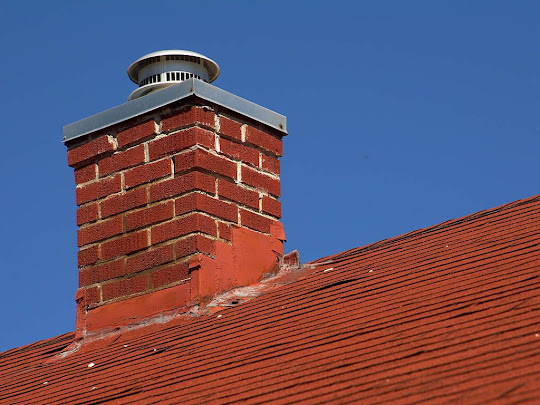How to Clean Your Wood-Burning Stove?
Are you trying to find a more economical way to heat your home than an open fire? Or ready to install an additional heating source for the winter? Compared with traditional gas and electric heating systems, modern wood-burning stoves and log burners are more affordable to operate because of their improved effectiveness. Because of the current energy crisis, they are so appealing.
Wood-Burning Stoves not only offer a cost-effective heating option but also provide personality, flair and a central focus. There’s nothing better than curling up in front of a log fire on a cold day because of the warmth it provides and the striking visual effect of roaring flames.
WHAT ARE THE WAYS FOR WOOD-BURNING STOVE CLEANING?
Establishing a regular cleaning schedule is crucial for stove maintenance to maintain the glass’s clean clarity while preventing ash and soot buildup. Given how often you use the fireplace, you can clean it once a week or once twice a month.
There are so many instructions that are essential when cleaning a wood-burning stove, as they might include particular guidelines that you have to stick to.
On the other hand, refer to the following instructions for basic guidelines on cleaning a solid-fuel stove:
Cleaning Surface
Always use professional cleaning tips to turn your stove’s exterior into a shining focal point. You should clean meticulously eliminating built-up dirt and soot by using powerful vacuum cleaners, soft cloths, and special brushes. This meticulous process guarantees your stove’s longevity and performance in addition to enhancing its aesthetic appeal. This process must be performed while the burner is cold and not in use to reduce any possible safety risks and provide the best cleaning outcomes. You can have a fireplace that lasts for many years if you make the investment in this painstaking surface rejuvenation.
Exterior Cleaning
It’s easy to keep the outside of your wood-burning fireplace clean, and it can have a big visual impact. To remove any dust or debris that has gathered on the surface, start by giving it a gentle wipe down or using a cleaner with soft brush attachments. Surface dirt can also be effectively removed with a dry cloth. Yet, it’s essential to stay away from using a moist cloth as moisture can promote rust, especially on the cast iron components of your fireplace. You can boost the life of your fireplace and keep it appearing good by cleaning the exterior of it on a regular basis using these easy techniques.
Clean the Glass
It is imperative that you adhere to our suggested cleaning schedule if you want the glass panel on your fireplace to remain clear. To begin with, use speciality glass cleaners. These cleaners are designed to remove tough residue and soot buildup without causing any damage to the glass surface. To ensure complete coverage, apply the cleaner onto a soft cloth and gently wipe the glass. Steer clear of deadly chemicals and harsh products since they can scrape or scratch glass. You can have an unobstructed view of your stove’s captivating flames, adding to the atmosphere of your living area, through proper cleaning.
Maintenance
Creating a customised maintenance plan based on your stove’s specific needs is essential to ensure both its longevity and optimal efficiency. Precision painting, seal integrity checks, surface renewal, and other duties should all be part of this comprehensive practice. Implementing this routine on a regular basis will guarantee that the fireplace keeps operating at its best and continues to be an antique focal point in your home. Maintaining the stove on an ongoing basis not only improves its performance and efficiency but also extends its lifespan, offering you years of pleasure with its comfort and beauty.
Do wood burners have a sustainable future?
How Often Should I Have My Wood Burning Stove Cleaned?
If you have a wood-burning stove, you must have the chimney swept annually. This is because if obstructions like creosote or soot continue to build up before being removed, they may cause chimney fires.
For Wood Burning Stove Maintenance, the staff at A Step in Time Chimney Sweeps offers best flue evaluations, thorough chimney inspections, and chimney sweeping services.
Though it’s best to have your chimney cleaned once a year if you use a fireplace frequently, cleaning it more frequently is recommended. For more guidance, speak with our experts.
Get chimney sweeping services from A Step in Time Chimney Sweeps to maintain the best possible condition for your wood-burning stove.
.jpg)
.jpg)

Comments
Post a Comment